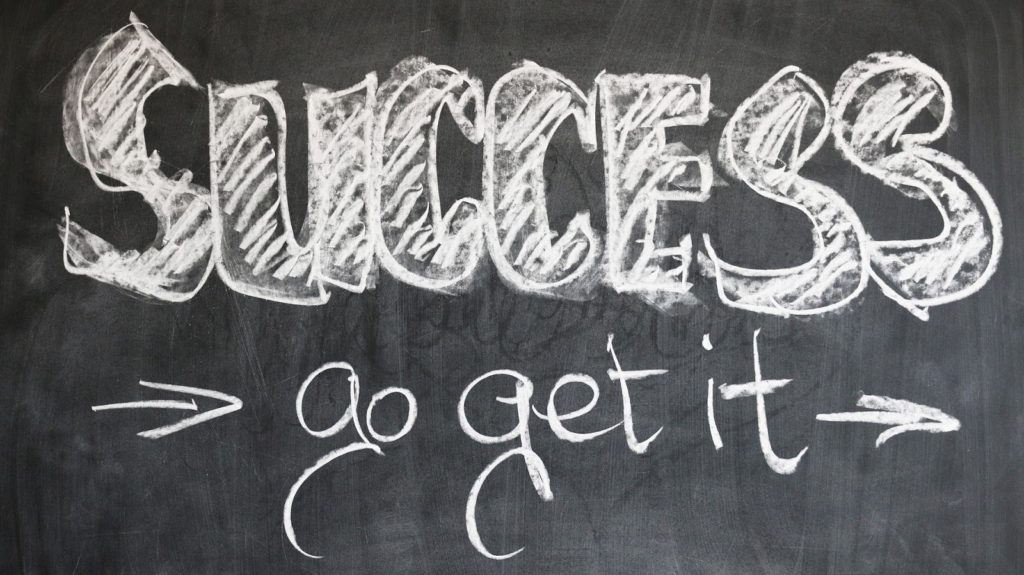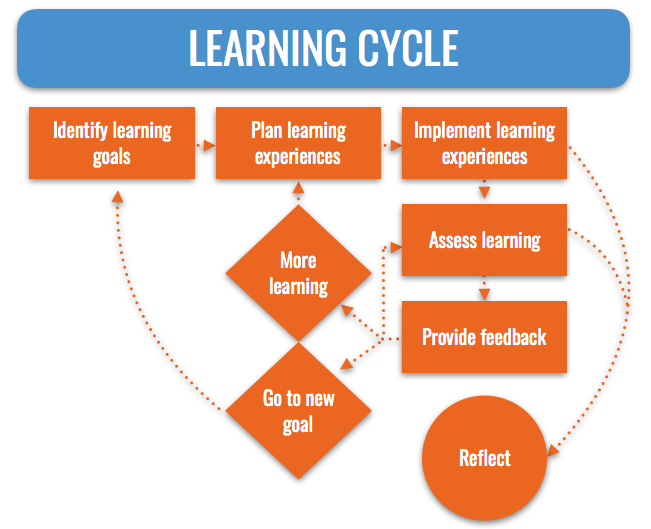Does your school, network or district recognize that Learning is Learning is Learning?

When I first began working with reDesign’s Framework for Effective Instruction as a building-level administrator, it was a revelation. It was as though I had been handed the Rosetta Stone, and the puzzle that beleaguered our instructional improvement efforts finally unraveled, revealing its mysteries to us. The FEI gave us a common language to discuss instruction and finally teachers and administrators could build a shared understanding of what student-centered teaching and learning looked like in the classroom. This work radically changed the school’s collegial culture and impacted student achievement like nothing we had tried before.
It is widely understood that to improve teaching and learning, educational leaders need to challenge the norms that privatize classroom practice, to get teachers out of their silos and collaborating—on curriculum, on data, on instructional improvement. Twenty-five years ago when Roland Barth wrote Improving Schools from Within, his idea that schools must build a community of learners was radical and revolutionary, but today it is accepted wisdom (even though it isn’t universally practiced).
We have come to understand that the classroom walls that divide teachers are not conducive to their growth as professionals, so educational leaders have acted to bring teachers together to learn. Experience has taught us that this is a good thing for the profession and for our students.
Nonetheless, silos still exist that fundamentally impact the way we think about teaching and learning in schools. Within schools, districts, and networks, we put learning for teachers, learning for school-level leaders, and learning for district and network leaders into their own silos. We talk about ‘professional development’ as though it is entirely different from the learning work that students undertake in classrooms.
So what would happen if we pushed just a little further this idea of breaking down silos and eliminating barriers? If we committed to being ‘learner-centered’ (instead of ‘student-centered’) would that enable us to think differently about everyone’s learning?
Success Plans for Students, Teachers, and Leaders

In our work with clients, we’ve had the opportunity to develop learning plans that use a structure that spans all levels of the organization, from network directors to students themselves. Dubbed “success plans,” the plans for teachers, administrators, and students follow a similar structure. The plans support setting goals, planning and implementing learning experiences, assessing the impact of those experiences, receiving feedback, and then having the opportunity to undertake additional learning or move on to a new goal. Throughout the cycle, participants have the opportunity to reflect on their learning
By focusing on developing a shared understanding and shared experience of the learning process, we can draw a clear line from the top to the bottom of the organization as we create structures of collegial collaboration.
So what does this mean? Let’s look.
Two Big Goals: Developing Self, Developing Others
At all levels, goal-setting incorporates two foci: goals for developing the self, and goals for developing others. The first are about developing the individual’s own capacity to engage in their work.
For example, a teacher (typically in collaboration with colleagues) works on developing the technical expertise necessary to analyze assessment data to inform instructional planning. The second are about reaching down and supporting others’ efforts to meet their learning goals, such as when a principal’s plan includes developing structures and protocols for teachers to use in their data analysis work.
This does two amazing things for organizational learning. First, it creates opportunities for collaboration not only within but across different levels of the organization, flattening its structure. Teachers work with other teachers, instructional leaders, and students to meet their learning goals. This accelerates learning as everyone has the experience of being both teacher and learner, of leading and being led, setting goals, planning learning, and giving and receiving feedback.
Second, it creates genuine ownership. Within this structure, learning isn’t something that is ‘done to’ the learner; it is something the learner does for themselves with 360-degree support.
This model is especially powerful for the effect it can have on the development of building-level administrators. Typically principals work and learn in isolation from one another, without the opportunity to gather together to learn from their peers. Our model gathers principals together in communities of practice, collaborating around problems of practice. For example, we’ve brought principals together monthly to share videos of their coaching sessions with teachers. During these meetings, principals give one another feedback and reflect on their professional practice in a process that reflects the work they do with teachers—which in turn reflects the process that teachers use with students and that students use with one another.
Shifting Organizational Culture
Organizational culture has been defined as “the way we do things around here”. While we always want to recognize that all learners have unique needs and there are important distinctions between the ways adults and young people learn, we must remember that the broad strokes and big moves of learning—goal setting, assessment, feedback, and reflection—work regardless of the learning.
As you think about professional learning in your school, these questions can help you evaluate your system:
Are our professional development plans designed to ensure compliance (by gathering hours and certificates) or are they designed to enable individuals to have ownership of their learning? Are they learning-centered rather than accountability-focused?
Do they create a culture of learning and establish a norm for how learning takes place? Do they inspire reflective practice and experimentation?
Do they allow for collaboration both across and within levels? Do they incorporate the flexibility to allow peers to gather together in communities of practice?
Instructional Coaching and Professional Development | Leadership Coaching | Mastery Learning Systems Design | School Model Design | Teaching and Learning
“Creativity follows mastery.” These are the words of Benjamin Bloom, who believed that learners are capable of incredible things if they have access to powerful learning environments. This is why we’ve chosen the name “Bloom” for our knowledge-sharing initiative. Bloom is all about our stake in helping to build the capacity of practitioners and leaders who work with our most marginalized youth to reimagine, recreate, redesign our models for learning–within schools and beyond. For us, this is fundamentally a matter of social justice. Reach out if you’d like to submit a guest post, or sign up for our monthly newsletter: Bloom@reDesignu.org.

